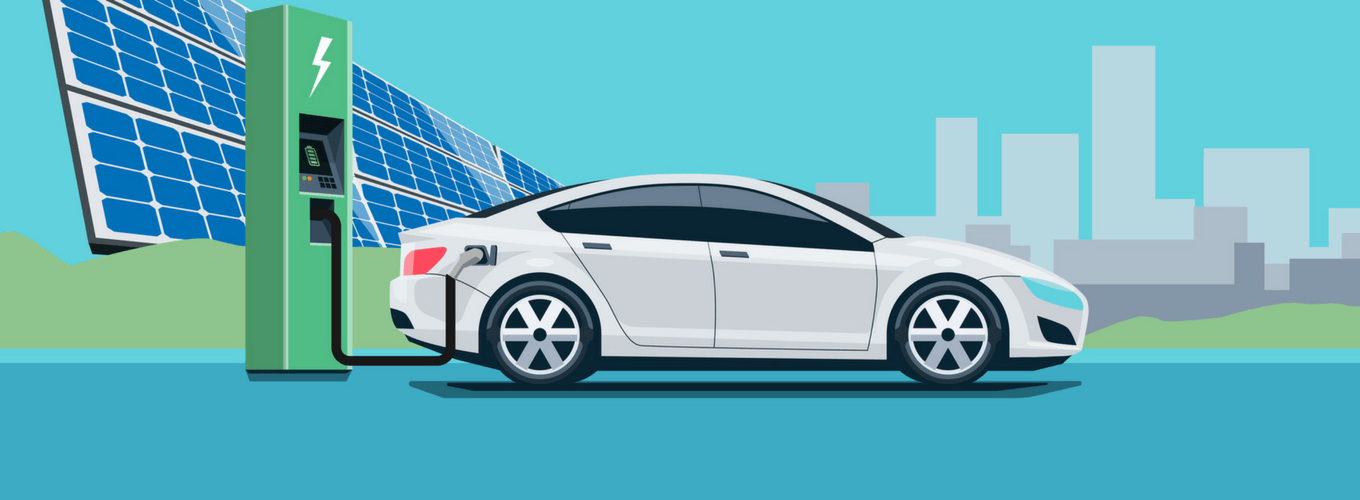One of the most significant benefits of an electric vehicle is you can save money by avoiding fueling the gas. This great convenience, however, comes with two big drawbacks: the inability to travel long distances and the long charging times. Even though public charging stations recharge the battery much faster than those intended for private use, many people find it more convenient to CSTL chargers at home and plug in overnight.
While the majority of owners of rechargeable cars would charge at home, public charging stations will expand a car’s regular travel range by enabling drivers to charge during work hours. For fleet drivers and customers to charge efficiently in public, these facilities must be incorporated and take into account traditional everyday commuter driving habits.

The US Department of Energy is currently introducing programs and initiatives to arrange workplace and other infrastructure charging stations around the country. They understand that these should be placed in places with high attention of cars, such as parking garages, hotels, shopping centers, airports, and businesses, where vehicles are parked for long periods.
Allowing drivers to charge their batteries while at work can double their regular commuting range. The disadvantage of this alternative is that it can increase energy demand during peak hours, resulting in higher electricity bills for facility managers.
When companies decide to integrate electric vehicles into their fleet operations, they must factor this into their planning. When deciding on the number, location, and types of electric overhead charger, considers driving routes and the availability of off-site public charging stations.
